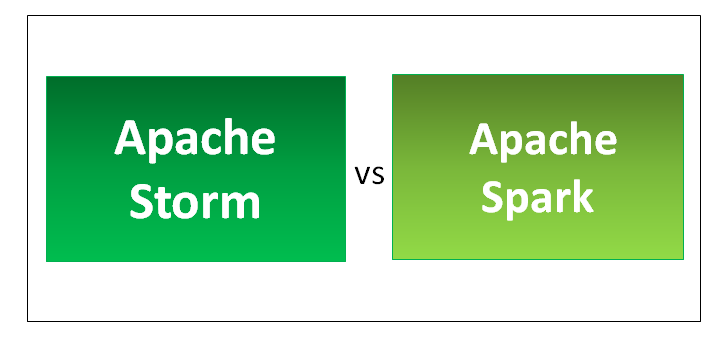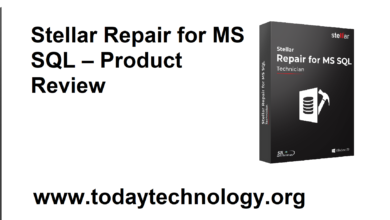
The onset of big data with its apparent properties of velocity, volume, variety, and veracity, has necessitated the need for real-time data streaming technologies several technologies have been developed for this purpose yet still they all vary in their applicability. Among the popular data streaming platforms are Apache Storm and Apache Spark both of which are widely adopted for big data applications.
Because Apache Spark can be used for a wide range of processing tasks, it has been preferred, in many instances, over Storm. Thus the demand for professionals who are skilled in Apache Spark is higher. While acquiring skills in both Storm and Spark is the better option with greater advantage, most professionals who are just starting out usually give priority to Apache Spark course and then later after gaining some experience, undertake a course to learn Apache Storm if necessary.
Table of Contents
What is Apache Storm?
Apache Storm is an open-source real-time distributed data processing platform used mainly for stream processing and event processing. It features a simple design, can be used with any programming language, and integrates well with queueing and database technologies. Apache storm is ideal for applications such as online machine learning, distributed RPC, real-time analytics, ETL, social analytics, network monitoring, and others.
Apache Storm comes with several advantages. It is a fast, scalable, and fault-tolerant framework that is relatively easy to set-up and operate. Thus it has attracted big names like Twitter, Yahoo, Groupon, Spotify, Alibaba, and FullContact.
Apache Storm is an ideal framework in use cases that require low latency, message delivery guarantee, and fault-tolerant data processing systems. In Apache Storm, in the event that a worker fails, ZooKeeper automatically restarts it. In case it is a node that has failed, the worker is instantly restarted on another node.
What is Apache Spark?
Spark is also an open-source cluster-computing framework used for a wider range of large-scale data processing functions including batch processing, micro-batch data processing using Spark streaming, interactive, graph, and real-time data processing. Spark streaming is the component of Spark that does real-time data processing.
Apache Spark is fast and versatile as it can handle both real-time stream and batch data processing. Spark is most suitable in situations that require low-cost investment, a guarantee for message delivery, as well as high-level fault tolerance. In Spark, fault tolerance is achieved through the RDD in which nodes are connected in the one-way lineage DAG (Directed Acyclic Graph). This makes DAG immutable. In the event that a partition in the RDD fails, the RDD is recovered from the nearest node of failure.
Apache Storm vs Spark
While Storm and Spark are both real-time big data processing frameworks, they vary in function and applicability. Apache Spark performs Data-Parallel computations, different from Apache Storm which performs task-parallel computations and this is the basis of the differences that we shall look at between Storm and Spark in the table below.
| Apache Storm | Apache Spark | |
| processing | Provides micro-batch stream processing through the core Storm layer | Provides batch stream processing as a wrapper over batch processing |
| Programming language | Supports multiple programming languages including Java, Clojure, Scala | Supports fewer programming languages like Java and Scala |
| Stream resources | Uses Spout | Uses HDFS |
| Resource management | Yarn and Mesos | Yarn and Mesos |
| Latency | Low latency with fewer constraints | Higher latency than the storm |
| Primitives | Features a set of primitives for Tuple-level processes at filter and function intervals of a stream | Two wide categories of stream operators; stream transformation operators for transforming DStreams and output operators that writes information to external systems |
| Development cost | Cannot use the same code for batch and stream processing | Uses same code for batch and stream processing |
| Persistence | MapState | RDD |
| Messaging | ZeroMQ, Netty | Netty, Akka |
| Fault tolerance | In the event of a failure, the supervisor restarts the process automatically and state management addressed by ZooKeeper. | In the event of a worker failure, the resource manager which could be YARN, Mesos, or stand-alone manager restarts the worker |
| Provisioning | Done through Apache Ambari | Supports basic monitoring using Ganglia |
| Throughput | A little slower as it can handle up to 10k records per node per second | Is faster with the capability of serving up to 100k records per node per second |
| Fault tolerance – node level | If a process fails, Storm Daemons, Nimbus and Supervisor, restart it as the ZooKeeper handles the state management | Spark streaming uses the resource manager, Yarn, Mesos, or its standalone manager to restart the failed workers. |
| State management | Each application creates a state for itself when needed as Storm core does not provide any framework for this function. | Spark streaming enables the changing and maintaining of the state through the UpdateStateByKey API. There is no pluggable method for implementing state in an external system. |
| Throughput | Can handle 10k records per node per second | Can handle 100k records per node per second |
| Specialty | Uses distributed RPC | Uses unified processing through the batch, SQL, etc |
Conclusion
Both Apache Storm and Apache Spark are preferred frameworks for processing streaming data. However, while Apache Storm is most suitable for stream processing, it is a bit limited in function. Apache Spark comes as a more versatile solution as it can handle a wide range of data processing tasks including batch, stream, interactive, graphic, and iterative processing. This way, Spark becomes the more cost-effective option. It also features a non-complex design that most developers can put up with.
Follow Today Technology for more informative articles





